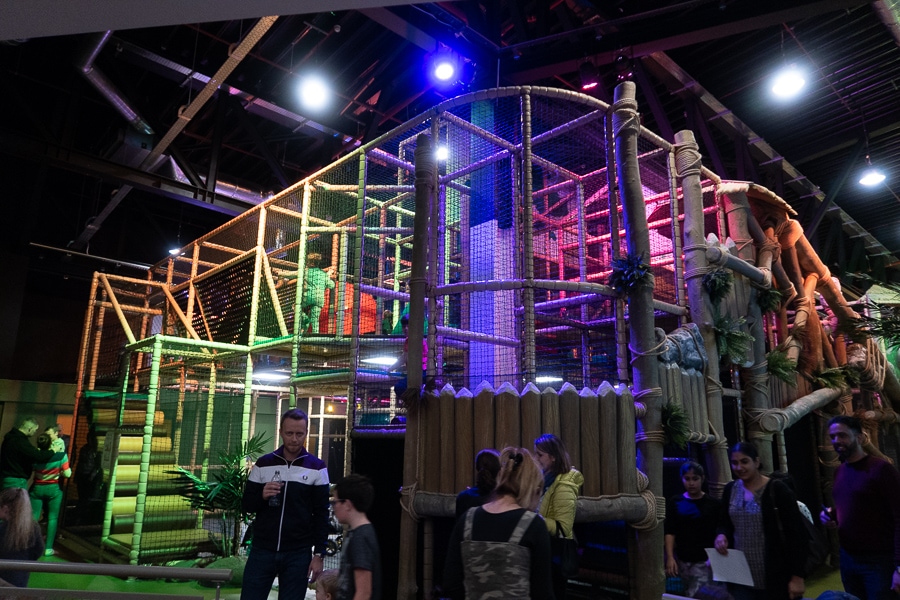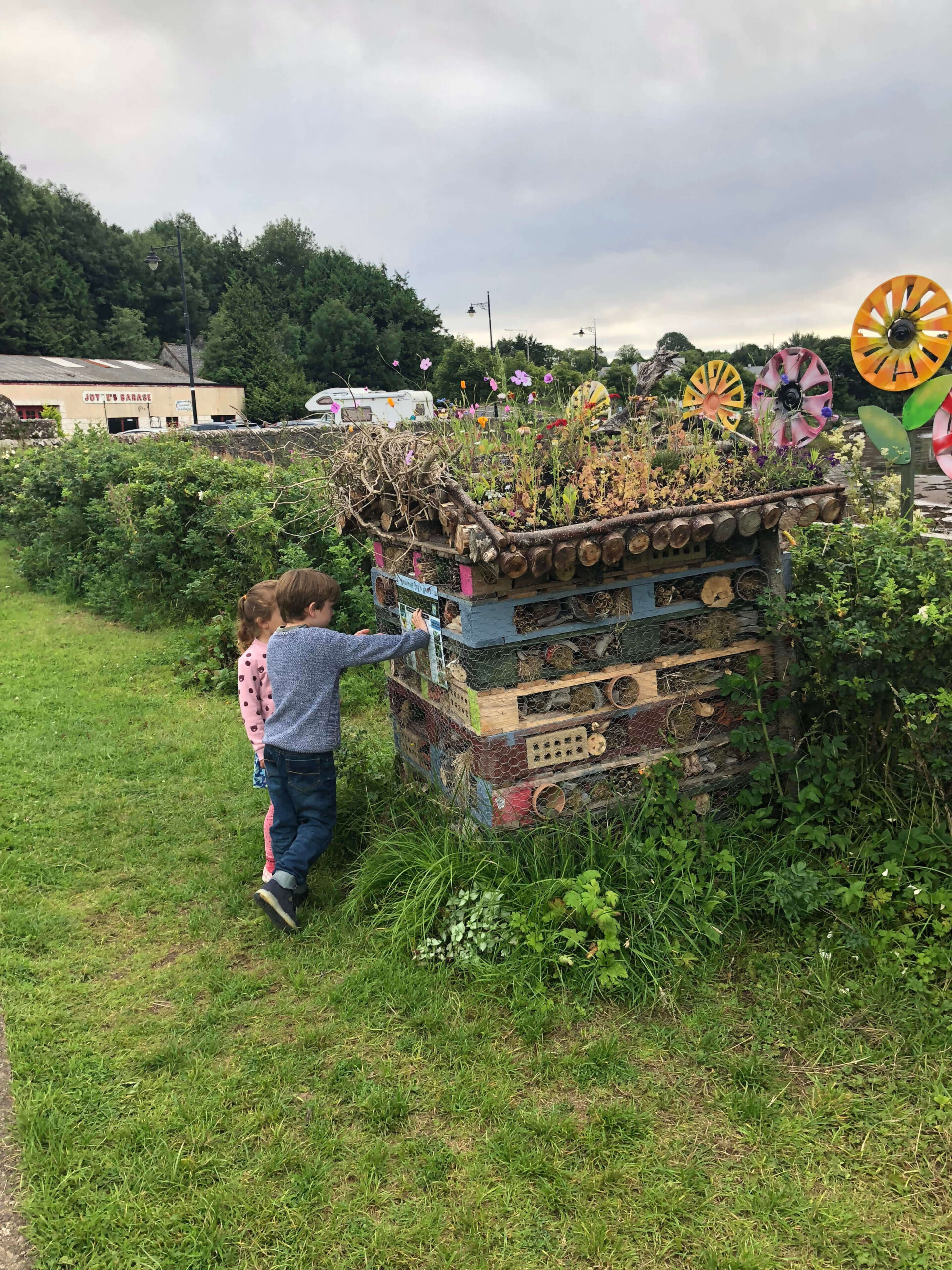Top Tips for gardening with Kids!

Gardening is a fun and easy nature adventure to do with kids of any age. Kids love getting messy, muddy and digging around in the earth. Introducing kids to the world of gardening can be a rewarding and educational experience. Not only does it teach them about the environment and the importance of nurturing living things, but it also provides an opportunity for them to connect with nature in a hands-on way. So, if you’re looking to cultivate a green thumb in your little ones, here are some tips on how to get kids involved in gardening.
There are so many great reasons to get kids involved in gardening. As outdoor activities go, gardening is a cheap and fun and educational activity. Half the fun of gardening is eating what you sow and kids that grow gardens tend to eat healthier and are more likely to try new fruits and vegetables. I’m always amazed at what my kids will eat when they’ve spent some time growing it with their own fair hands!

Top Tips for gardening with Kids
‘Growing Something’ with kids can be as simple as you like. If you don’t have much (or any) outdoors space, try the following ideas…
- grow herbs in a pot on your windowsill
- Try growing nasturtiums in a pot. You can eat their flowers so try them sprinkled on some cookies!
- Grow strawberries in hanging baskets
- You can grow potatoes in grow bags on a porch or balcony.
- If you’re really short on space, think height instead: plant climbing green bean vines on a fence or balcony
- Tomatoes thrive in containers and planters that you just need a sunny windowsill for
Best Vegetables to Grow with Kids
If you have more space, here’s our favourite easy things to grow with kids!
- Peas are also easy to grow and grow quickly and they can be grown in pots. They are the most fun to harvest as the kids love shelling them from their pea pods! Peas can be frozen or kept in the refrigerator for about 5 days which makes them perfect for getting the most out of your crop.
- Peppers if you have a sunny spot, peppers are easy to grow. They can be grown in a deep pot.
- Raspberries Autumn-fruiting raspberries fruit between August and October. These varieties don’t need supporting, making them ideal for growing in containers on the patio, they’re also simple to look after so are a good choice for beginners.
- Potatoes are an amazing vegetable to grow with children nearly all kids like eating potatoes since they are versatile to cook with. They’re really easy to grow in bags.
- Carrots are another easy vegetable to grow because they survive in most climates. If you have a vegetable bed, you may need to grow a shorter version like Chantenay Carrots that don’t need as much space. These are also the best variety to grow in colder temperatures too. Since you cannot see how big your carrots are growing underground, picking the first carrot is always so much fun!
Best tips for how to encourage kids to grow in the garden!
Need some more tips?
Check out these best tips for how to encourage kids to grow in the garden!
1. Start with the Basics:
To engage kids in gardening, start by explaining the basics. Teach them about different types of plants, how they grow, and what they need to thrive. Keep it simple and age-appropriate, focusing on concepts like soil, water, sunlight, and nutrients. You could even read books or watch videos together to make learning about gardening fun and interactive. Here’s our favourite nature books for kids.

2. Create a Kid-Friendly Garden Space:
Designate a specific area in your yard or balcony for the kids’ garden. This could be a raised bed, a few containers, or a small corner where they can plant and care for their own plants. Make sure the area is easily accessible for them and consider adding colourful decorations or markers to make it visually appealing.
3. Choose Easy-to-Grow Plants:
Start with plants that are easy to grow and maintain. Some great options include sunflowers, radishes, lettuce, and herbs like mint and basil. These plants have relatively short growth cycles and can help kids see the results of their efforts more quickly, keeping them engaged and excited. Here’s some more kid friendly veg to grow in pots.
4. Let Them Make Choices:
Allow kids to have a say in what they want to plant. This sense of ownership and decision-making can make the gardening experience more enjoyable for them. Take them to a local nursery or garden centre and let them pick out a few plants or seeds that catch their interest. Read more about the benefits of gardening for kids here!
5. Get Hands-On:
Gardening is all about getting your hands dirty, and kids absolutely love that! Let them dig holes, plant seeds, and water the plants. Engaging their senses through touch, smell, and even taste (with edible plants) can make the experience memorable and educational. Here’s our favourite ways to make a garden fun for kids.
6. Teach Responsibility:
Gardening teaches responsibility as kids have to care for their plants regularly. Create a watering schedule, and assign them tasks like weeding, pruning, and checking for pests. Instilling a sense of responsibility early on can have a positive impact on their overall development.
7. Explore Planters and Containers:
When working with limited space or if you’re in an apartment, planters and containers can be a fantastic solution. These versatile gardening vessels allow kids to create mini gardens on balconies, windowsills, or even indoors. Decorate the planters together to add a personalised touch. Plus, using different types of planters can introduce kids to various planting techniques.

8. Celebrate Achievements:
As the plants grow and flourish, celebrate your child’s gardening achievements. Take photos of their progress, measure the height of sunflowers, or harvest vegetables together. This not only boosts their confidence but also provides a sense of accomplishment that comes from nurturing something from a tiny seed to a thriving plant.
9. Learn About Nature:
Use gardening as a platform to teach kids about the natural world. Discuss topics like pollination, the role of insects, and the water cycle. Encourage them to observe the insects and birds that visit the garden, fostering a deeper connection to the environment. You can find lots of fun nature activities here.
10. Enjoy the Harvest:
One of the most satisfying parts of gardening is enjoying the harvest. When the time comes, pick the vegetables and herbs you’ve grown together and use them in meals. This not only emphasises the connection between the garden and the dinner table but also encourages healthy eating habits.
Hope these ideas help get your kids into gardening!






